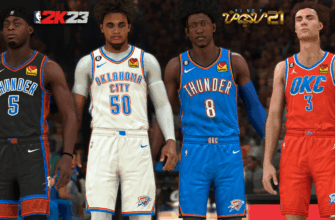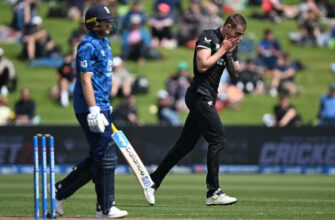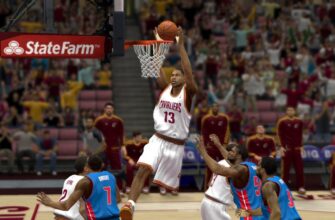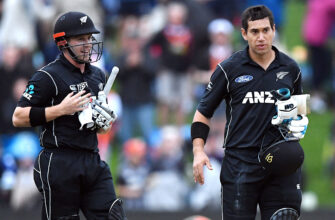In the alluring world of fantasy basketball, the siren song of a superstar can be intoxicating. We all dream of drafting that perennial MVP candidate, the highlight-reel sensation, or the stats monster who promises to carry our team to glory. But sometimes, what glitters isn`t gold, and a seemingly delicious cake can harbor a rather unappetizing ingredient. Welcome to the subtle art of fantasy omission, where knowing who to avoid is just as crucial as knowing who to covet.
The Injury Roulette: A Perennial Gamble
Every fantasy manager has faced the dilemma: a top-tier talent with a medical record that reads more like an epic tragedy than a player bio. These are the athletes whose brilliance is undeniable, but whose presence on the court is as unpredictable as a coin flip. A history of chronic injuries, limited games played per season, or recent surgeries can turn a first-round pick into a benchwarmer faster than you can say “IR slot.”
It’s tempting to gamble on their “upside” – the tantalizing thought that *this* will be the year they stay healthy. Yet, professional athletes are not immune to the laws of probability. When a player has consistently missed substantial time throughout their career, expecting a sudden, dramatic shift in durability is less strategic planning and more wishful thinking. Drafting such a player, especially early, is akin to building your house on sand. When the inevitable absence strikes, your carefully constructed roster crumbles, leaving you scrambling for waivers and wondering where it all went wrong.
The Diminishing Returns: When Minutes Matter More Than Talent
Basketball is a game of opportunity, and in fantasy, opportunity translates directly into statistics. A player`s raw talent might be off the charts, but if their role diminishes or they face significant competition for minutes, their fantasy value plummets. Consider the impactful big man who, after a career-best season, suddenly finds a proven veteran center joining his team. The raw numbers from last year might look appealing, but the reality of a reduced workload, perhaps an eight-minute decrease per game, can gut their statistical output.
This isn`t necessarily a reflection of the player`s ability; it`s a strategic move by the actual NBA team. However, for your fantasy roster, it`s a catastrophe. It`s like purchasing a brand-new, powerful engine only to find out you`re legally limited to driving it at 30 mph. Those glorious per-minute averages from last season mean little if the total minutes aren`t there. Savvy managers look beyond last year`s stat sheet and delve into team depth charts, coaching changes, and offseason acquisitions to predict potential minutes crunches.
The Strategic Sideline: When Team Goals Trump Fantasy Dreams
NBA teams operate with a variety of objectives beyond just winning the next game. Sometimes, teams prioritize developing young talent, managing the workload of aging stars, or, dare we say it, even “tanking” for a better draft pick. These real-world strategies can wreak havoc on fantasy rosters.
An elite veteran, particularly one known for managing back-to-backs, might find themselves on a team with an excellent young prospect at their position. The team might opt to start both, but carefully curate the veteran`s schedule, ensuring they play only half the season or skip crucial games. Similarly, on teams eyeing a high lottery pick, even healthy players might see their minutes restricted or be shut down entirely towards the end of the season. The team`s general manager isn`t thinking about your fantasy playoff push when they`re strategizing for the next college draft. This scenario requires a cold, hard look at a player`s games-played history and a realistic assessment of their new team`s long-term vision.
The Verdict: Prioritize Predictability Over Potential (Sometimes)
Building a championship-caliber fantasy basketball team isn`t solely about accumulating the most famous names. It`s about constructing a roster that delivers consistent, reliable production. While the lure of a superstar`s peak performance is powerful, the pragmatic manager understands that availability and consistent opportunity often outweigh raw, albeit unreliable, talent.
So, before you fall for the dazzling highlights and the promise of a fantasy juggernaut, do your homework. Scrutinize medical reports, analyze team dynamics, and evaluate potential minutes. Because sometimes, the most effective draft strategy involves gracefully sidestepping the spectacular, yet precarious, illusions and instead choosing the steady, reliable contributors who will actually be on the court when it matters most.







